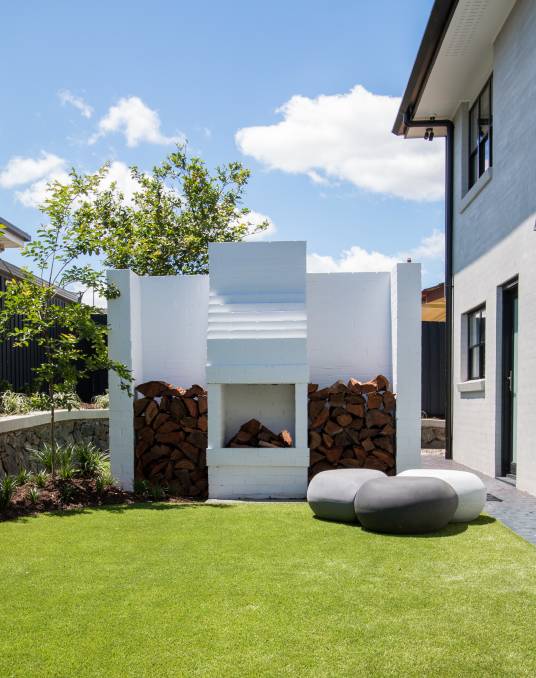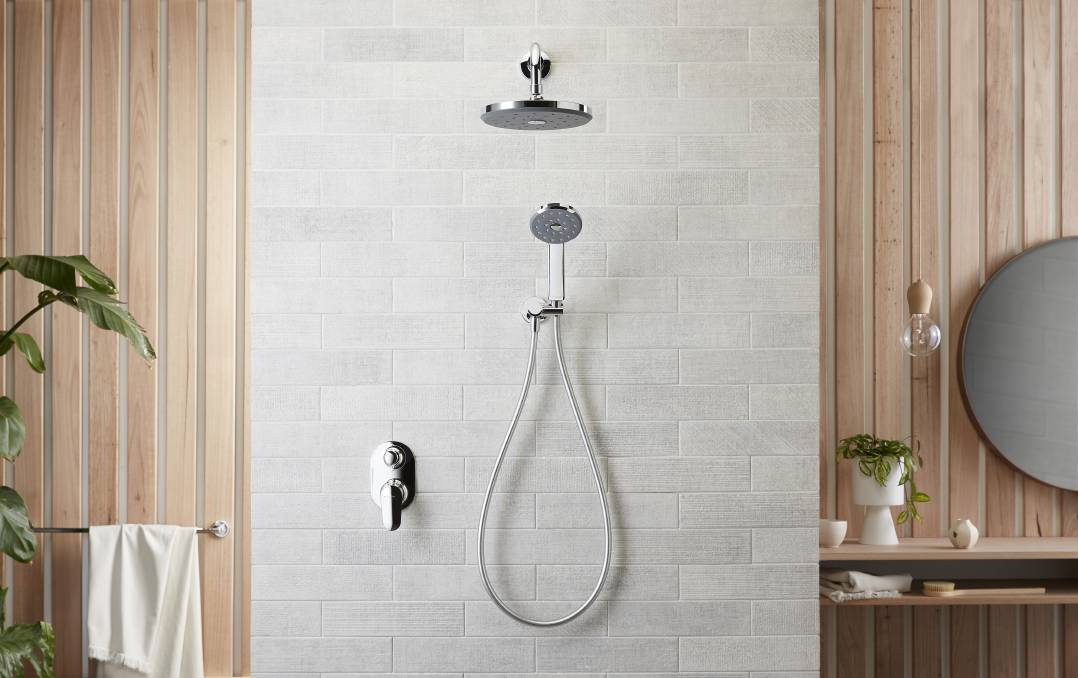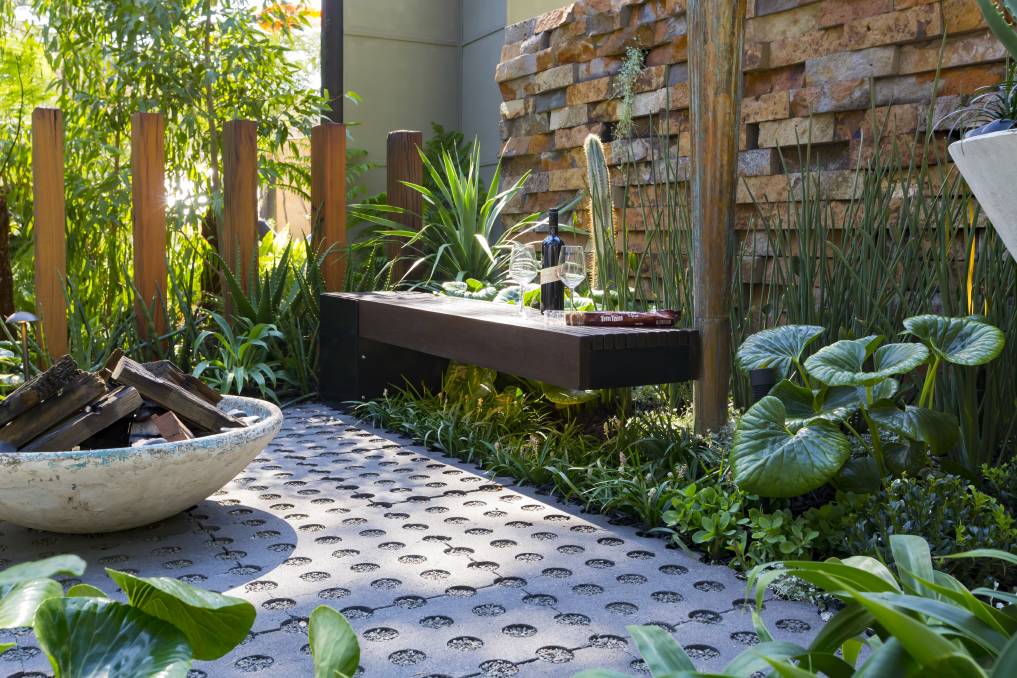
SMART USE OF SPACE: There are countless ways to create an exceptional outdoor rooms to entertain, relax and spend time with the family.
The 1920s saw the introduction of two influences on Australian home style, driven by post-war exuberance and a desire for modern luxury.
The Californian Bungalow design captured American glamour through glazing and spacious verandas, while the emergence of the European art deco movement brought simple, clean shapes and an easy aesthetic that would come to define the following decade.
Almost 100 years later, the home design of the new 20s may not be as ‘roaring, but rather defined by energy efficiency, new building technologies and evolving design trends, according to experts from across the industry.
A new construction
“The biggest trend going forward will be building complete sections of houses in factories and then taking them to site and connecting them together,” says architect and James Hardie ambassador, Joe Snell.
The trend will likely see a move away from masonry, so factories can build complete sections of homes that can be easily transported. “One of the biggest opportunities from this change is more quality control and more time in the design phase all adding up to less excuse for poor design and inefficient building,” Joe says.
“Houses will go more toward the ways cars are built and tested before being used and occupied.”
Warmer tones and comeback colours
“The mid-century vibe will continue to make a comeback in a big way,” says interiors and design consultant and founder of Zou Build, Christal Fyentzou.
“We will see the return of neutrals and warmer, earthy hues in home designs, such as mustard, terracotta, and rusty, muddy colours that will work nicely to create sanctuary spaces.”

GO WITH THE FLOW: There has been a rising interest in efficient showerheads, as consumers know they can now enjoy an efficient shower that also feels good.
Saving water without sacrificing the experience
“The ability to be water-wise in our homes is crucial to a sustainable future”, says Methven brand manager, Nick Swan.
“One of the easiest ways to be water efficient in your home is to have taps and showerheads that reduce water consumption, and this can start with checking they have a good rating within the Water Efficiency Labelling and Standards (WELS) scheme.”
Making the most out of small spaces
A steady decrease in property sizes is translating into smaller backyard and entertaining areas.
“Australians love the outdoors, but are finding it increasingly difficult to achieve the right balance between indoor-outdoor living, especially when you have less space to play with,” says DIY landscaper and Adbri Masonry ambassador Jason Hodges.
“Take time in planning and aim to create a functional outdoor sanctuary that makes the most of your space to create the perfect getaway from the everyday.”

DEFT DESIGN: No matter what size your outside sp
ace, you can c
reate a beautiful backyard oasis for relaxing and entertaining family and friends.
